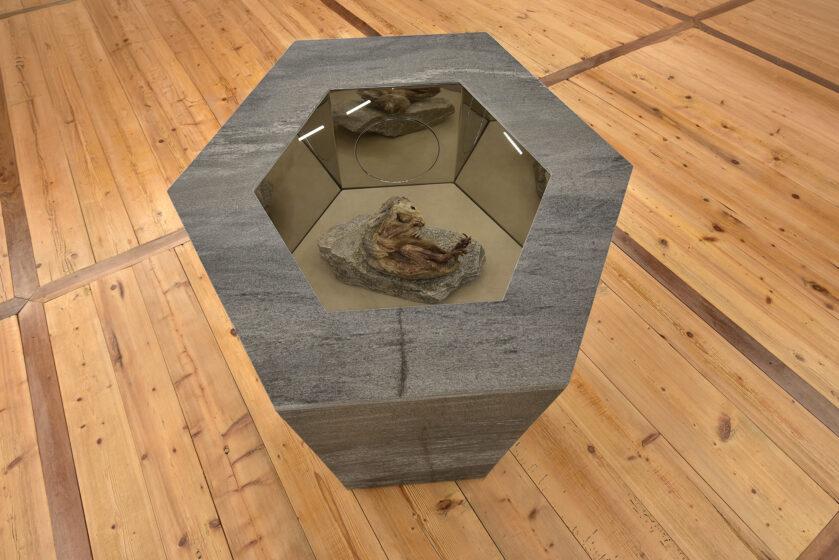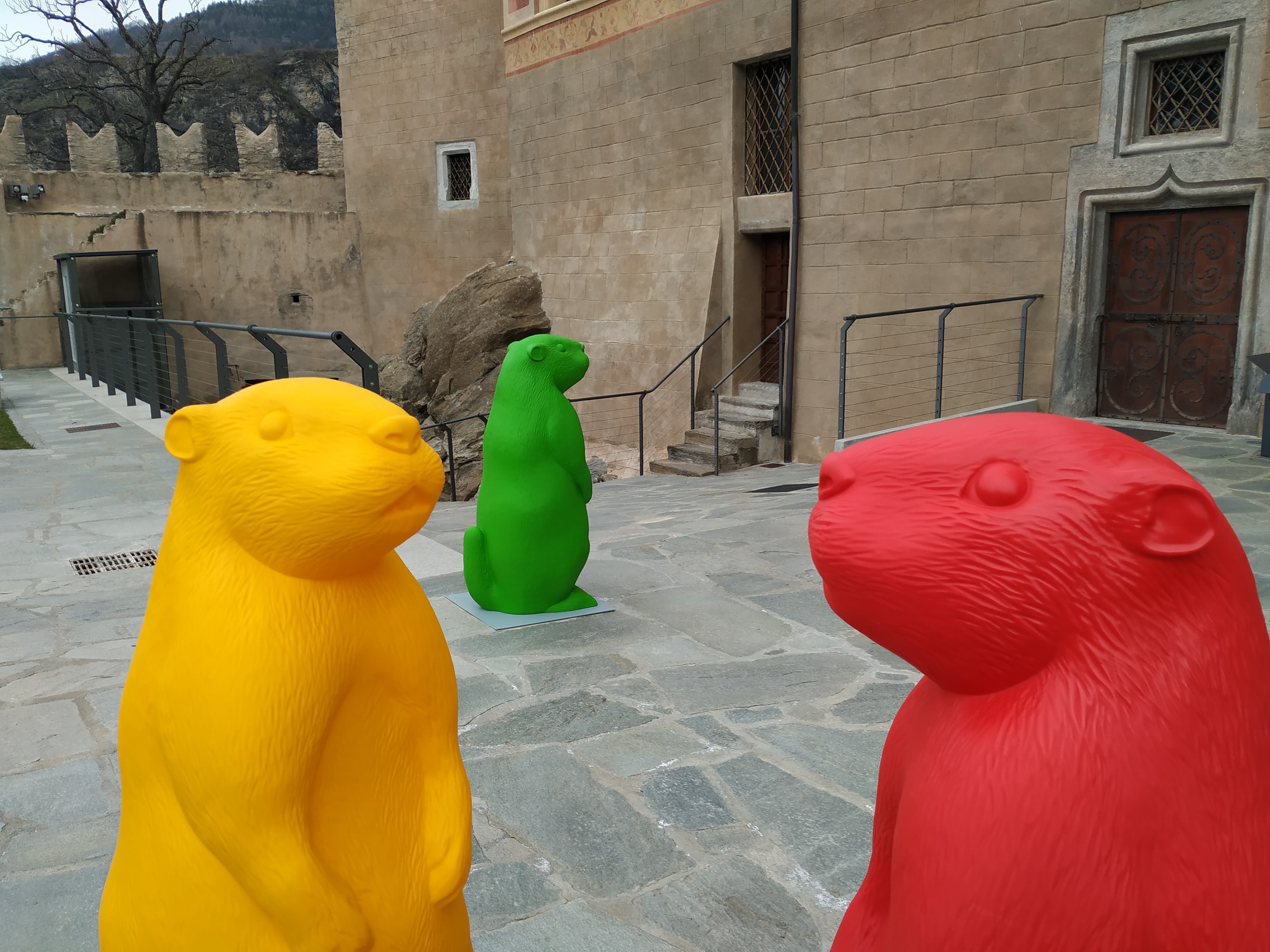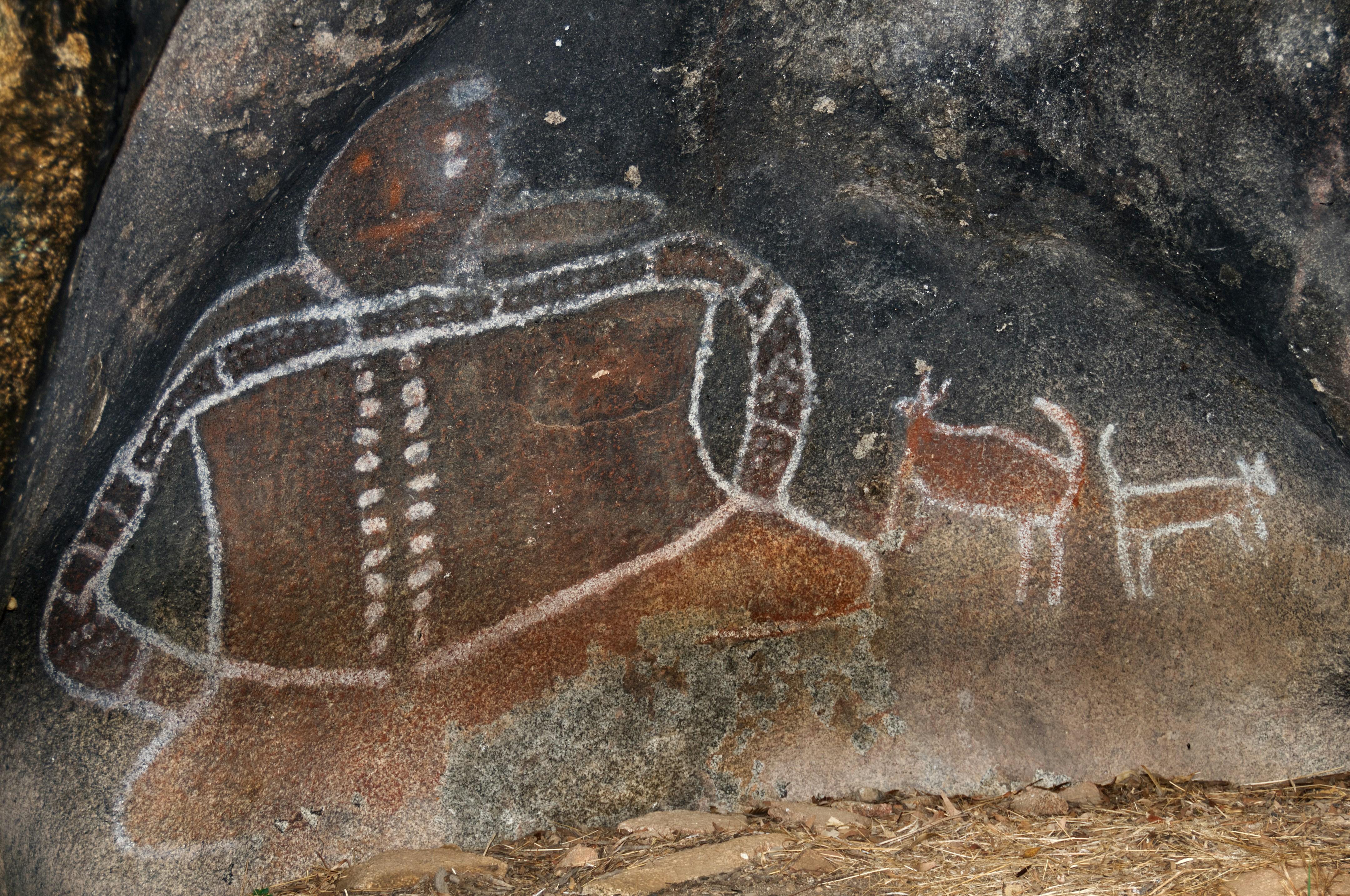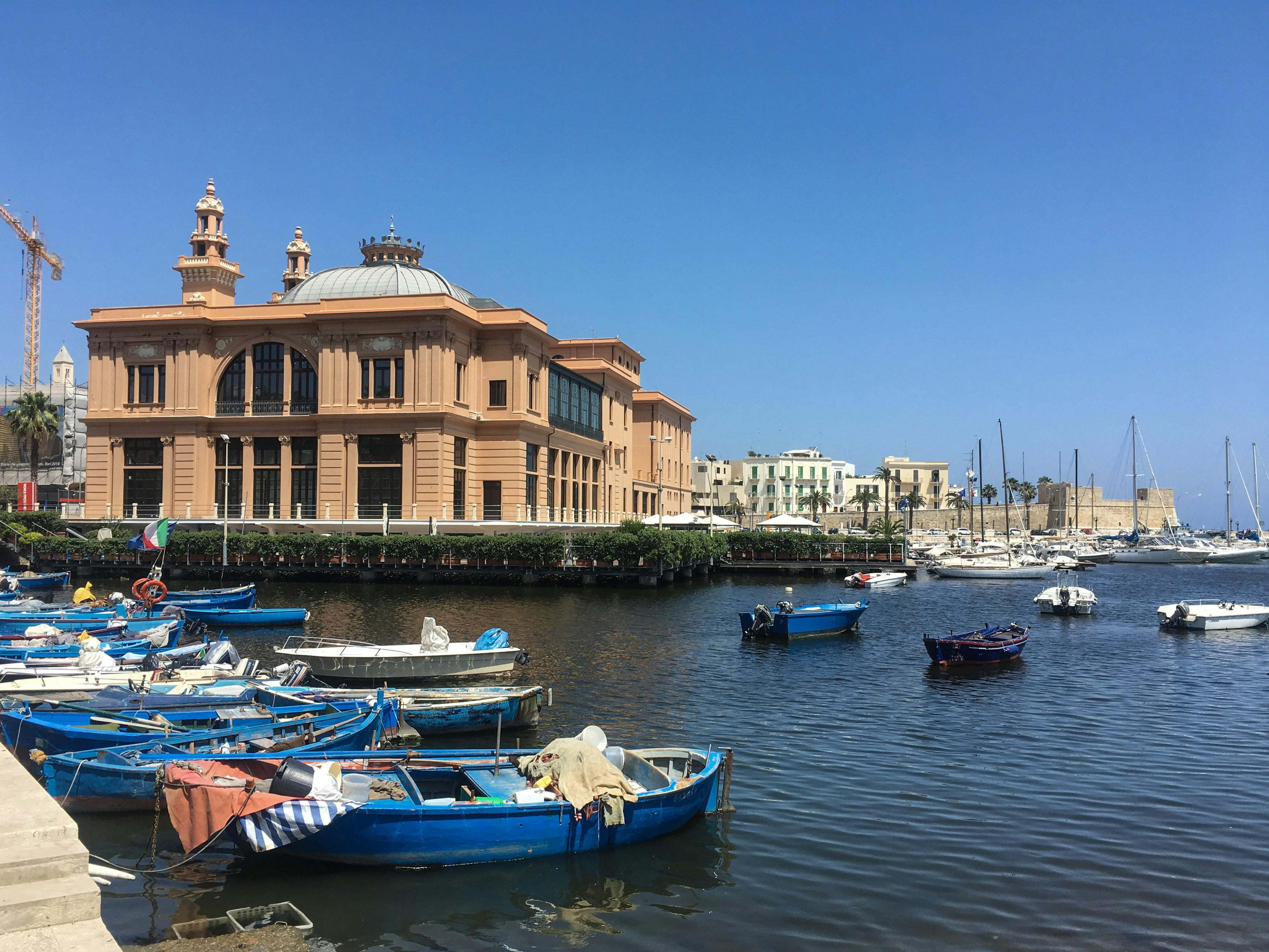A new home for the Lyskamm Marmot
Owing to an air of mystery that surrounds it, the world of mummies has always drawn interest and fascination.
Whether they were human or animal mummies, countless myths and stories have been written about the subject, and scientists’ curiosity has driven researchers to investigate them since ancient times.
These investigations have taught us the importance of mummified bodies which are now acknowledged as significant historical and cultural artefacts. Mummies are seen as a window into the past and are, above all, a valuable source of knowledge.
In order to continue evaluating these discoveries throughout time and gain a deeper understanding of all the information they might provide it is imperative that they be preserved in the best way possible.
For this reason, a special display case has been designed and created for the conservation of the marmot mummy, which will allow it to continue to “journey” into the future for many more years.
A balance between conservation and museum display compatibility was sought in the design for creating the perfect display case. First of all, the structure has to be fully insulated and allow for the customisation of the stable and long-term optimal parameters of internal conservation

It also needed to make the marmot highly visible, while remaining safe and ensuring an aesthetically pleasing appearance to blend in with the surrounding of its intended location.
Each of these concepts was carefully taken into account when developing and building the prototype proposed by Eurac Research. It is essentially a display case using passive principles: one of its major advantages is that it does not use electricity, which means there are no overhead costs and it is completely eco-sustainable.
Based on extensive investigation, Eurac Research was able to register two prototypes (numbers IT-1398645 and IT-1425729) and create this innovative product. They have an exceptional degree of gas impermeability, which enables the conservation parameters inside the case to remain steady for more than 500 years.
The atmosphere within is devoid of oxygen and is only made up of pure argon.
The mummy is easy to view from every angle thanks to the internal mirror finish. One of the fundamental elements of the system is glass, which must guarantee safety while also ensuring the mummy’s visibility. This particular glass is anti-reflective and comprises two 5mm-thick tempered layers that ensure “extra clear” transparency.
Between the two glass plates is a very thin film of plastic (PVB), which has the useful feature of providing UV light filtering. The degree to which the emission of volatile organic compounds (VOCs) could be a major risk of chemical aggression for the exhibit was considered when selecting materials for the display case’s construction. As a result, every component of the structure has undergone testing and is deemed safe.
A special pressure compensator (bellows) attached to the base of the display case ensures an exact balance of internal and external atmospheric pressure, and the presence of silica gel allows the interior relative humidity to remain stable at 45%. Additionally, there is enough activated carbon in the display case’s double bottom to guarantee that any volatile organic compounds (VOCs) that might be present will be absorbed.

Architecturally, the choice to create a hexagonal-based prism was inspired by the current appearance of the Hall of Rocks and Stones, characterised by flared lines that are never parallel. The hexagon also represents a geometric figure that is frequently found in nature, such as ice crystals, certain types of rock formations, in the eyes of insects or in beehives.
Pythagoras saw the hexagon, which is made up of two opposing triangles to form a hexagram, as a perfect figure. In some cultures, however, the hexagon represents the symbol of life or the union and harmony between microcosm and macrocosm (Kabbalah). For the ancient Egyptians, the two opposing triangles represented the conjunction between fire and water. In fact, the triangle with the tip pointing downwards represents Earth and Water, and the triangle with the tip pointing upwards represents Air and Fire.
The prism-shaped display case, which has a hexagonal base, is further distinguished by an oblique cut that adds to its complexity and aims to evoke the stylised form of Monte Rosa.
Lastly, only locally quarried rock or grey albitic gneiss is used for the cladding.

Photo and cover image: Museo di Scienze naturali Efisio Noussan. Cabinet rendering: Marco Samadelli – Eurac Research.

Marco Samadelli Researcher - EURAC Research
He is a senior researcher and head of the Conservation laboratory of the Institute for the Study of Mummies of EURAC Research in Bolzano. Author of scientific publications and patents, he has created numerous display cases and other conservation systems for the protection and safeguarding of biological remains. He considers achieving a balance between conservation and museum display to be his chief goal.





